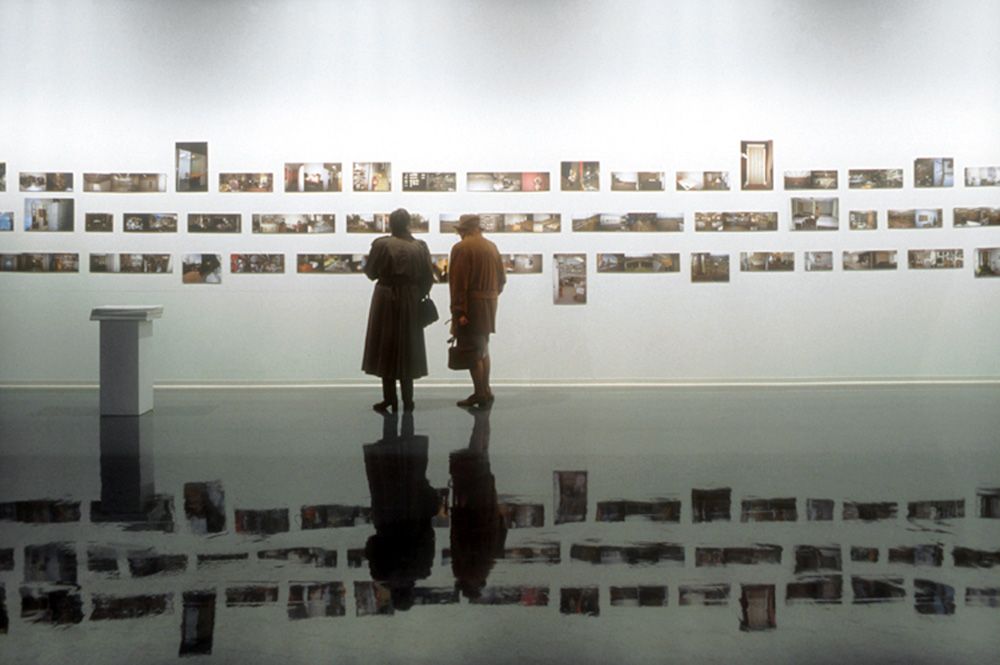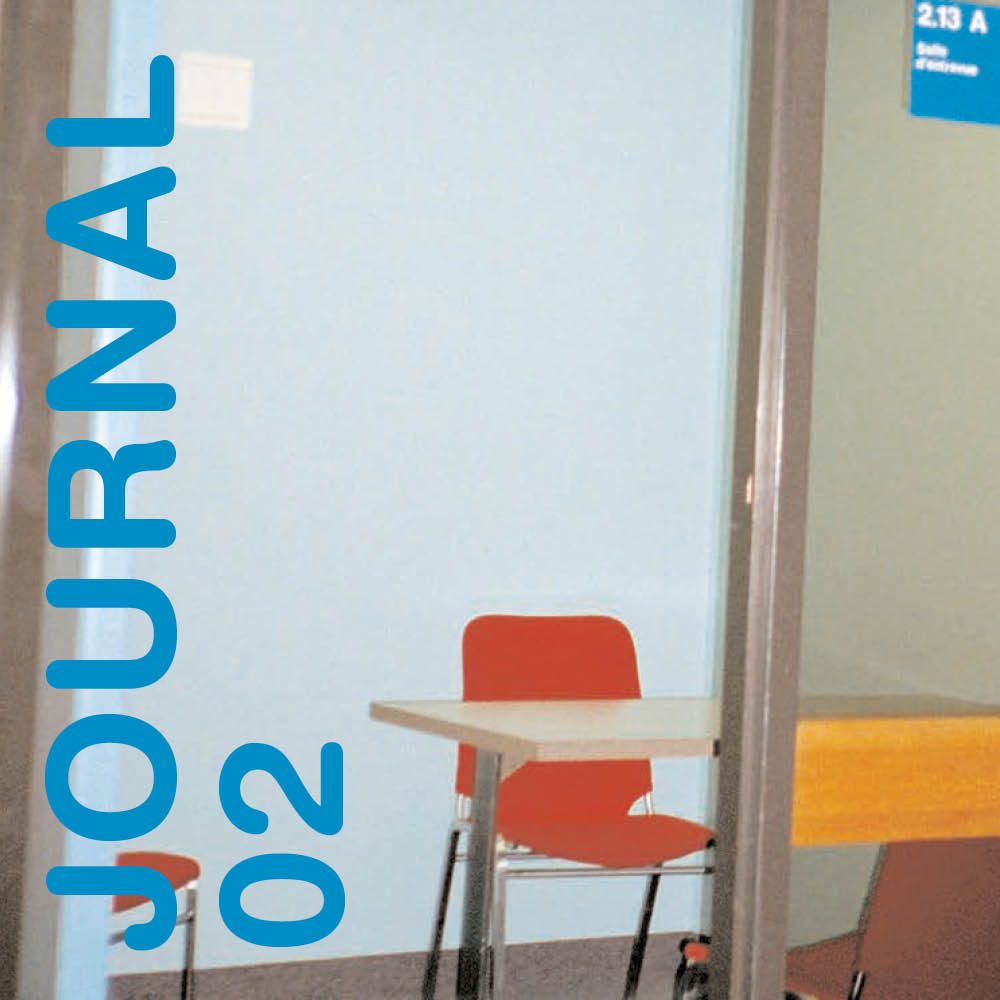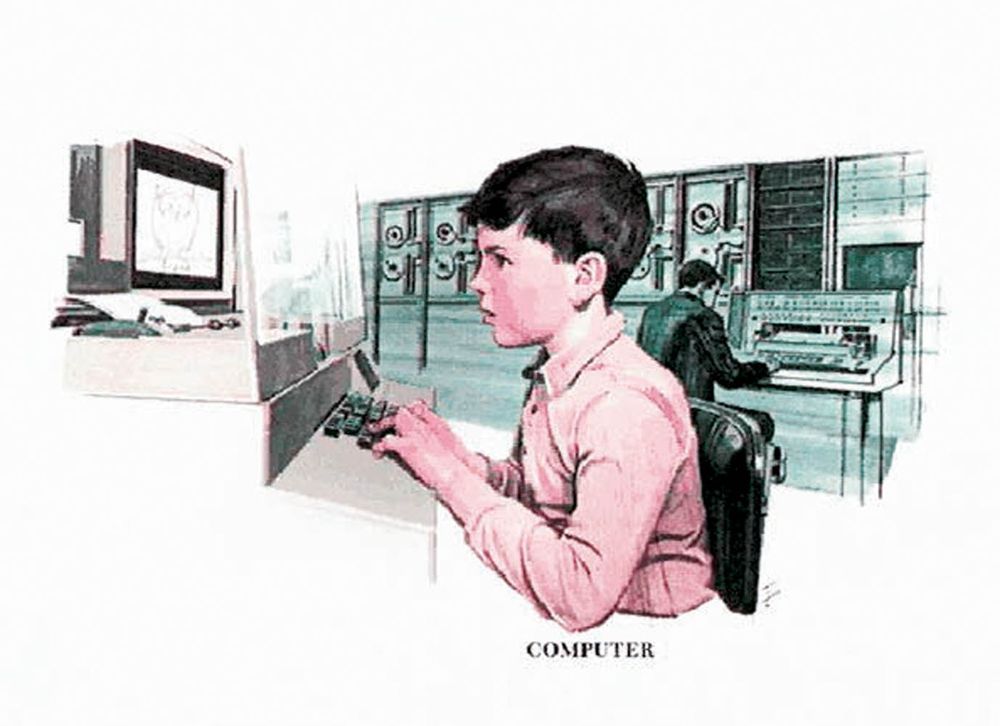
Life in Real Time. Slow Motion
2002.03.22 - 05.26
MARIE-JOSÉE JEAN
The inaugural event Life in Real Time is intended to initiate a questioning of the social environment to which current artistic practices are subjected. Its project is to understand how a new perception of time, characterized by simultaneous actions and instantaneous effects, affects our individual realities1. Two exhibitions address the tenets and results of this new relationship with time. The artists in the first exhibition remind us of the urban frenzy into which we are plunged daily. As for the artistic practices and the visual essay in the second exhibition, they do not so much express the relationship with a uniformly accelerated time as oppose and resist it by proposing experiences of slowness. Finally, both exhibitions question, in their own ways, the interaction between social time and time as it is lived.
« Social time » refers to the temporal weft of professional life, the school system, programmed recreation, and vacations; it is cut up into weeks, hours, and minutes. It is organized. To escape from this sometimes constraining time, we must take our mind off the here and now and escape into psychic time. Such absences emerge as intrusions into the linear, programmed time of the quotidian. They are manifested in a lack of attention or concentration and suggest that we are completely absorbed by parallel reflections or flashbacks. These little impromptu interruptions represent a way for each of us to insert a bit of slowness into this world of speed. They allow us to add time to time by generating variable and individual speeds.

Simultaneous satellite transmissions, cell phones, and the Internet have profoundly changed our relationship with time, as well as our social relations, and this no doubt explains why its representation is now predominantly characterized by the perception of time condensed into simultaneous actions. We have only to observe current working conditions to note that we must in effect become multi-taskers, performing a number of activities simultaneously. But is this the only consequence of information and communications technologies? It seems that today individuals suffer waiting less and less gladly and get impatient over next to nothing. This desire for immediate satisfaction is explained by the habit of profiting immediately from information found through new technologies and the Internet. This generalized impatience also characterizes our conception of time.
Stress is enlightening in this regard because it conveys the effect produced by this impatience2. It is linked to urban life and produces the feeling of being incapable of performing a series of actions in a prescribed time. The individual under stress finds it difficult to bear the wait between the beginning and the end of an action. For this individual, therefore, speed represents an absolute that enables him to span the distance between these two points. The wait becomes unbearable when the perception that time is a distance that can be crossed by using speed produces stress, which tends to alter the intensive quality of the present. Stress does enable individuals to respond to the pressures of profitability and productivity to which they are subjected3. However, the act of making time profitable in a society in which notions of performance, efficiency, profit, and hyperactivity dominate is likely to affect negatively that society’s individual members. « Faster, always faster (to the point of absurdity), » as Edouard Zarifian reminds us, « becomes a leitmotif. »4
The components of this new culture of time – the immediacy and pervasiveness of communications, the urgency of things to do, the simultaneity of activities performed – demonstrates how work time is expanding compared to personal time. Today, everyone is overwhelmed by time that’s always going by too fast. We forbid inactivity, we program our free time, we value ourselves more and more by work and productivity. In short, we organize our lives as we would manage a business. Does this really mean that individuals today go more quickly? The speed at which we transport ourselves, trade information, and communicate suggests that we do. But, as Pierre Sansot notes so justly, « People so rapid should, in principle, accumulate an honorable little wad of free time in which, finally, they could live for themselves without worrying about an imposed task. »5 By all evidence, this is not what happens, since these people live in a sort of time shortage, constantly looking for a few instants in which they will be relieved of their exhaustion. It’s not surprising that many succumb to this pressure and become depressed.
The forms of depression related to overwork are expressed in exhaustion, sadness, withdrawal, and difficulties with concentrating and acting. In other words, they produce a generalized psychomotor slowdown: « The depressed person, caught up in a time without future, lacks energy and is engulfed in the idea that nothing is possible. »6 This painful and inefficient psychomotor reaction summarizes the difficulty of contemporary individuals have in adapting to high speed. We may thus wonder if speed is not a strategic manoeuvre that covers up a fear of boredom and solitude, a fear of confronting oneself, or simply the difficulty of living in the present. So that he doesn’t have to take his time, the individual forbids himself to reflect, plan, wait, or hope. However, life in real time can also be late-making and inactive, and even unproductive. A slowdown in the pace of life gives the impression of retarding productivity, while in reality, it leaves room for relationships with others, planning for the future, imagination, conceptualization, attention, and reflection. Slowness isn’t a synonym for laziness, it is the sign of an individual’s willingness to let himself be swept up in an unforeseen event or unexpected feeling.
This exhibition proposes various aesthetic experiences that put to work « a technique of slowing, » in Milan Kundera’s sense, by making each person take his time in such a way as to enter actively into the questioning that it raises.7 It is not the idea of image time (slow motion, sped-up motion, narrative ellipses, flashbacks, alternating montages) that this exhibition questions but the relationship between social time and psychic time. It reflects on the themes of productivity, consumption of the image in real time, social responsibility, difference, exclusion, solitude, the state of absence, and factual depression. It places everyone in a position of waiting, expecting, attention, silence, and sometimes even impatience. The awareness of time is regulated by the emotions of each individual, as Daniel Soutif emphasizes: « Time waiting is certainly not the same as time of love, hate, fear, or anger. »8 This reminds us that the speed of each aesthetic experience is likely to vary as a function of the individuals experiencing it. It is thus recommended that you take your time to follow better the pace of the concept and the cadence of the subjectivity.
